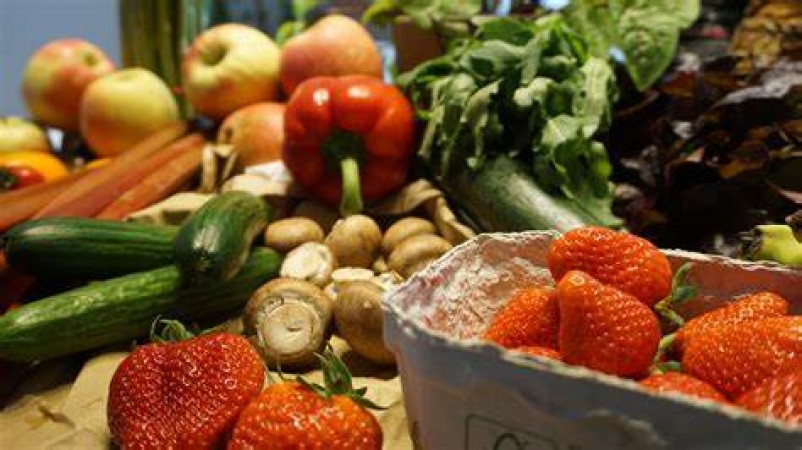
When fruits and vegetables are in abundance, it's the perfect time to preserve them for later use. Whether you have a bountiful garden, shop at farmers' markets, or want to take advantage of seasonal sales, preserving fruits and vegetables allows you to enjoy their goodness throughout the year. In this article, we will explore various methods of preserving fruits and vegetables while retaining their flavors, nutrients, and freshness.
Understanding the Importance of Food Preservation
Preserving fruits and vegetables not only allows you to enjoy your favorite produce throughout the year but also offers several other benefits. By preserving fresh produce, you can reduce food waste, save money, and ensure you have access to nutritious foods even during off-seasons or times of scarcity.
Preparing for Preservation
Before you begin preserving fruits and vegetables, it's essential to prepare adequately. Choose the best quality produce, wash and clean them thoroughly, and store them appropriately to maintain their freshness.
Common Methods of Food Preservation
There are various methods of preserving fruits and vegetables, each suited for different types of produce. Canning involves both water bath canning and pressure canning, while freezing is a straightforward method for preserving the freshness of fruits and vegetables. Drying allows you to make shelf-stable snacks, and pickling imparts unique flavors to your produce.
Preserving Specific Fruits
Certain fruits require specific methods of preservation. Apples can be turned into delicious homemade applesauce, while berries are perfect for making delightful jams. Citrus fruits can be used to create zesty marmalades, and tomatoes can be canned to make flavorful sauces.
Preserving Specific Vegetables
Vegetables can also be preserved in various ways. Cucumbers can be transformed into crunchy pickles, peppers can be roasted and frozen for later use, green beans can be blanched and frozen, and leafy greens can be turned into convenient frozen spinach cubes.
Alternative Preservation Techniques
Apart from traditional methods, you can explore alternative techniques such as fermentation, which results in probiotic-rich foods. Making fruit leathers is another fun and healthy option, while using salt and sugar can also help preserve certain fruits and vegetables.
Storage and Labeling
Proper storage and labeling are crucial aspects of food preservation. Select appropriate containers and label your preserved goods accurately to avoid confusion and ensure freshness.
Safety Tips for Food Preservation
When preserving food, it's essential to follow safety guidelines. Understand pH levels and the risk of botulism, sterilize equipment and jars, and ensure a proper seal for safe preservation.
Troubleshooting Preservation Issues
Sometimes, preservation can encounter issues like spoilage and mold. It's essential to know how to address these problems and prevent them in the future.
Cooking with Preserved Foods
Preserved fruits and vegetables can add a burst of flavor to your cooking. Incorporate preserved fruits into baking recipes and use pickled vegetables to enhance various dishes.
Preserving fruits and vegetables is a valuable skill that allows you to enjoy fresh produce year-round while reducing food waste. By understanding the different preservation methods and following safety guidelines, you can savor the flavors of your favorite fruits and vegetables whenever you desire.
How to Prepare Healthy and Kid-Friendly Meals
10 Vegetables to Avoid During Rainy Season for a Healthy Diet